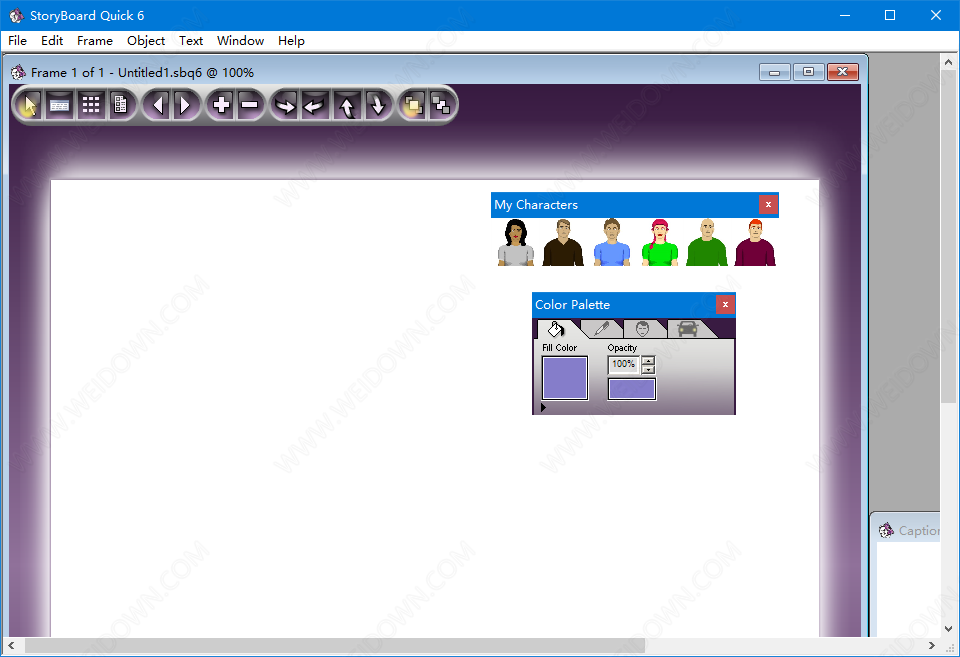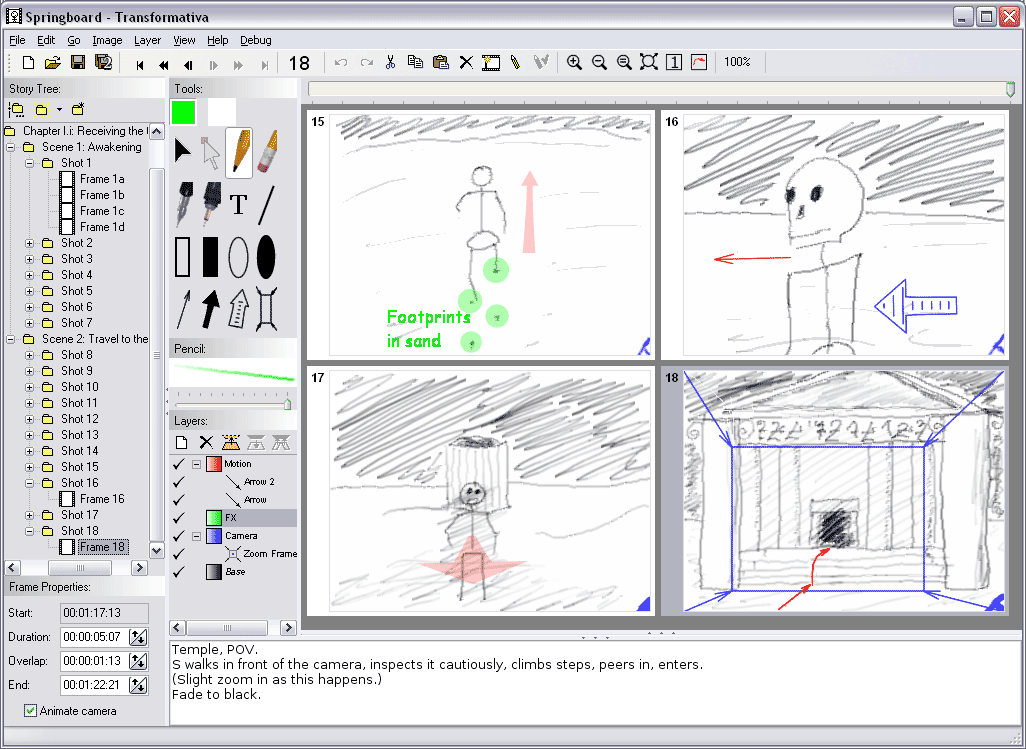

He or she will provide you with either black and white or color illustrated frames that you can scan into the board in sequential order.Storyboard Quick 6 Torrent Downloadl !!TOP!!Īdvanced editing in Pinnacle Studio Ultimate includes the ability to crop, rotate, and remove parts of the frame, as well as create basic transitions and filters. You will describe what goes on each frame and give the artist a written script to work from. If you don’t want to design the images, you can hire a storyboard artist to provide the drawings.If you find yourself storyboarding for more than one project, it helps to have a good Wacom™ tablet, so you can board directly into Photoshop.There should also be a column for the audio, which is where you include the dialogue and sounds or music. If you want to include captions, make sure there’s space where you can write in video descriptions. A storyboard template for advertising should be comprised of rectangular frames into which you insert the visuals.You can purchase special thumbnail sheets with these dimensions.
STORYBOARD QUICK 6 FULL VERSION TV
The cell sizes should be drawn in the same aspect ratio as the finished video, such as 4:3 for a TV screen or 16:9 for a feature film screen.If you prefer, you can use Adobe Illustrator,, Microsoft PowerPoint, Amazon's Storyteller, or inDesign to create a storyboard template in vertical or horizontal format. The setup should look similar to that of a comic book, with rows of square cells that show how the scene will look on a screen.

You can draw a basic storyboard template by hand, simply dividing a posterboard into empty frames of the same size using a pencil and a straightedge. Potentially, a director, cameraman, scene selector, or even a prop specialist (just to name a few) may refer to the storyboard for reference, guidance and direction.ĭecide what medium to use for your template.

A storyboard can be incredibly detailed, with illustrations depicting every shot. Factor in two seconds per frame on average.ĭecide how detailed to get. As a general guideline, keep in mind that for a typical 30-second commercial, a storyboard should have no more than 15 frames. If you’re storyboarding for a commercial, the process is no different: pick key images that will represent the flow and direction of the film from start to finish.If the story begins in one city and moves to another, make sure that will be clear in your illustrations. You may also want to depict changes in setting.Any time there’s a plot twist or an important change, include it in the storyboard to move the story along. Pick scenes that show the plot developing from start to finish.Think your story through and brainstorm a list of the key moments that you want to illustrate on your storyboard. The point isn't to try to recreate the entire experience in a flip book, but to demonstrate important key parts that will draw the viewer in. A storyboard is meant to give its viewer the gist of how the story will translate to film.


 0 kommentar(er)
0 kommentar(er)
